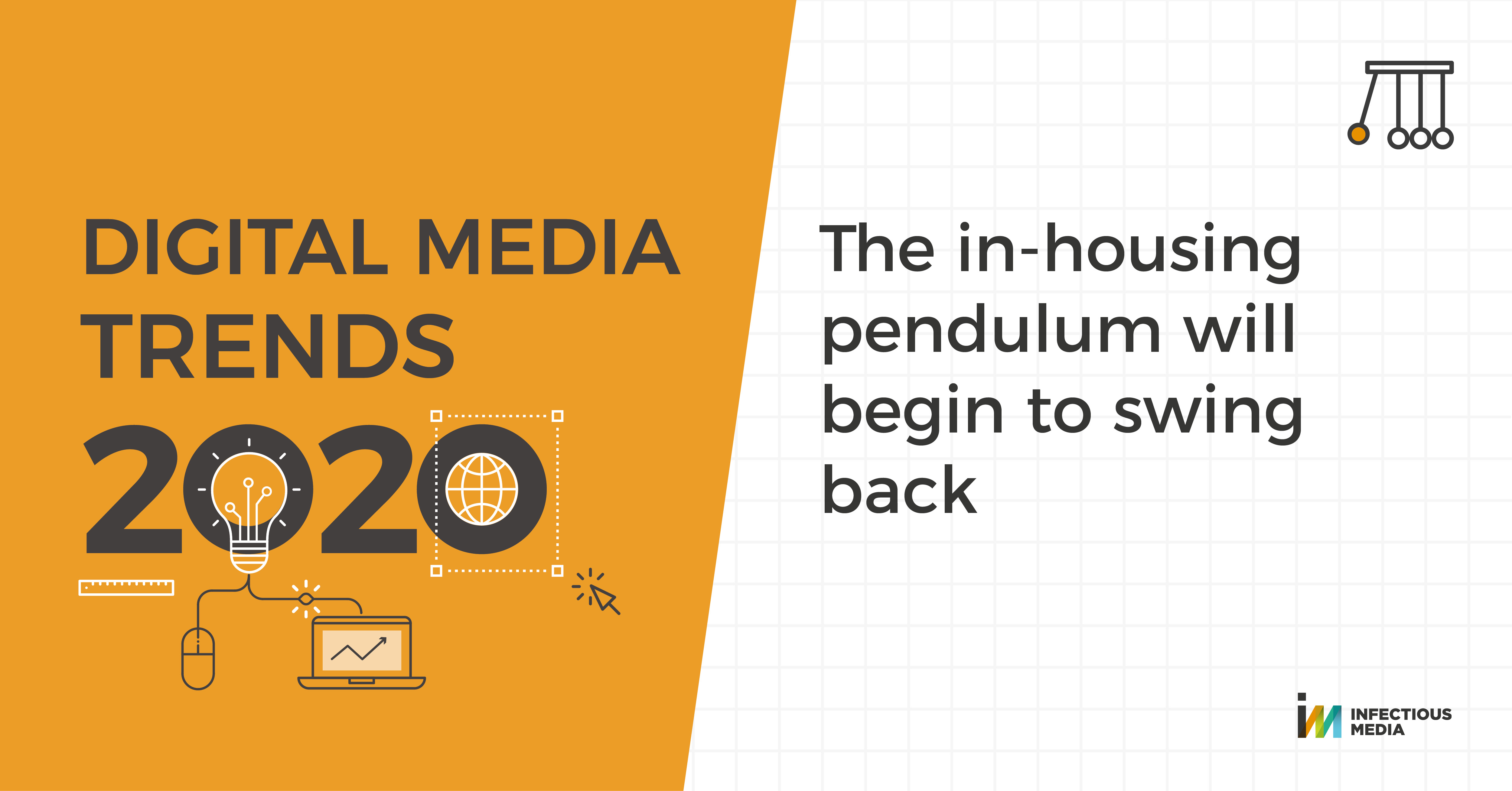After a major acquisition initiated their in-house model over four years ago, Coty is parting ways with their internal digital media team. Does this mark the beginning of the swing back from widespread advertiser in-housing?
The in-housing trend has been driven by a distrust of the current agency - advertiser model, coupled with a simplistic view of the resource needed to set up an in-house operation. Advertisers who have made big decisions without fully understanding the consequences are being forced to think again.
The truth about programmatic
Historically, programmatic was handled almost exclusively by media agencies, but an increasing number of advertisers are considering what can safely be taken away from their agency.
A 2018 ANA study stated 36% of members use an in-house agency to execute media. In-housing advertisers point to increased cost pressure, a desire for greater transparency and to have more control over their data as primary motivators.
However, a subsequent Digiday survey found that whilst taking brand strategy and social media in-house was relatively painless, 75% of marketers said in-housing programmatic was the most difficult.
Getting programmatic right is complicated and marketers don’t know what they don’t know. So, after casting agencies aside they are bound to struggle with the new workload. Any brand bringing programmatic in-house is going to have a rude awakening if they’re not properly prepared.
This is the hard lesson that games publisher Electronic Arts learned, when the former poster-child for in-housing was forced back to its agency partner last year. But did EA only falter because it opted for a fully in-housed operation? Would it have been more successful if it had taken a more cautious and measured approach to bringing programmatic in-house?
Solving the cube
The motivations for in-housing are understandable, but the concept is one thing and the reality another entirely. Many brands are waking up to the complex challenge it poses, with so many layers of integrated tech and skills to negotiate. We liken it to a Rubik’s Cube, with 20 moving pieces of varying complexity, each affecting one another. It’s a maze that it’s all too easy to get lost in without a roadmap and someone to ‘fill in the gaps’.
But who can help? Our “Cracking the In-House Rubik’s Cube” whitepaper goes into detail about how to steady the ship as it’s leaving the harbour, to help brands find a sensible implementation of in-housing, so as not to cause too much internal disruption. The idea is to equip these nascent in-house teams with the right questions, the right ideas and the right options, but also the right structure and the right skills. This is achieved via collaboration - between internal teams and external experts who have the resources and the knowledge to help brands better manage their in-house operations and figure out the programmatic puzzle.
What next?
For any advertisers who try and fail, the big agencies are poised to welcome them back with claims they have changed the way they operate. But even if these agencies may be able to justify a fairly transparent offering to global advertisers like Coty and EA, this is less likely to be true for smaller local and regional brands.
So, whilst full in-housing is not what most brands need or can achieve, they do still need to find a way to take control of their digital ad buying. This move has been described by some as “right-housing”.
Martin Kelly, CEO & Co-founder
This article is part of the Digital Media Trends 2020 series, read more trends here.



.jpg)



